
James
Members-
Posts
210 -
Joined
-
Last visited
-
Days Won
51
Content Type
Forums
Gallery
Events
Shop
News
Audio Archive
Timeline
Everything posted by James
-
From the album: Doctor Pit and Rows
-
The 1939 census indicates that Adam Gray and his wife, Elizabeth, resided in Toll Cottage. Were they your parents? What year did you move from Toll Cottage?
-
Bowers Garage is visible in this photo of The Neuk. For those of us who lived at the "bottom end" (Hollymount, Millfield) and worked at the Doctor Pit, the quickest route to work was through The Neuk and into the railway siding of the pit, located just behind Bowers Garage. In mining terminology, each end of a longwall face was known as a "neuk," meaning a dead end. Similarly, if you entered The Neuk from the marketplace, you would find no through road—hence the name The Neuk.
-
-
Stead Lane was once named Puddlers’ Road and at the bottom of the road was a row of terraced houses called Puddlers’ Row. On your certificate of baptism the address is Rose Cottage, Puddlers’ Lane. Puddlers’ Lane doesn’t appear on any of the old maps and I’ve never heard of it but there have been a few postings on this site about Rose Cottage. It is shown in both the 1939 and 1911 census. I don’t have access to the 1921 census, and it may show the Clark family still living there. In the photo, Rose Cottage is the one with the collapsed roof. Directly opposite the cottage, on the other side of the river was the Ironworks so I can see why the Rose Cottage address is shown to be in “Puddlers’ Lane”. The puddler was the person who worked with the molten ore after it was released from the bottom of the blast furnace. From Wikipedia - “The strenuous labour, heat and fumes caused puddlers to have a short life expectancy, with most dying in their thirties.”
-
I have attached photos of the only ironworks building remaining. The first one was probably taken in the 1950’s and the second one taken about 5 years ago. The building is now completely covered with ivy. I asked an East Bedlington councillor on site a few years ago why they were allowing ivy to cover this important historical building. He replied that once it was covered with ivy, no one will know it is there so the building will not be vandalized. An unusual way to protect historical buildings! I have attached a copy of Chris Bergen’s book on the Ironworks that may be of interest. Old ordinance maps should show the layout of the ironworks. History of Bedlington Ironworks.pdf
-
Very few changes have been made to the building. In the photo, taken early 1900's, the Gibson family property is the first building on the left.
-
Malings & Company Take Over Bedlington Iron Works
James commented on Andy Millne's timeline entry in 1730-1840
Until I read this post I didn’t know that the Ironworks (and the wagonway) were owned by the Bedlington Coal Company so I checked Evan Martin’s book "Bedlington Iron & Engine Works" and the photo below is copied from his book. In June 2022 Eggy posted an article stating that the East Bedlington Parish Council were launching a project on “The 1821 waggon way from Willow Bridge to the River Blyth” funded by The National Lottery Heritage Fund it would be interesting to know if the project has been completed and if so where the report can be obtained. -
-
Coach Road is shown in blue on the attached 1897 map of Bedlington East End. The road is still there leading to Spring view and the last houses were demolished in the early 1950’s. The East End Church of England school was only about 250 yards from Coach Road so is fair to assume that this is the school in the photo. The school (shown in yellow on the map) was closed in the early 1900’s and the site is now part of Hollymount Square.
-
Bedlington Station is founded on the Ironworks, Mining and the Railway. Each of these have significant cultural and historical value but it is disappointing so little is done to preserve and maintain this heritage. The first photo below shows the only building remaining of the ironworks that has been there for around 260 years. The openings were bricked up many years ago. The building is still there but almost covered in vegetation. In a couple of years, it will be completely covered and forgotten about. Bedlington ‘A’ Colliery operated for about 130 years and closed in 1971. I don’t see any display, sculpture or even a poster relating to the colliery anywhere. I have attached a photo to show what they have done in Ashington to recognize the importance of mining to that town’s history. The station opened in about 1850 and the superb photo below shows the station in its prime. There are even flower beds on the platform! This is the building they are planning to demolish despite the efforts of the Victorian Society. Instead of looking for ways to preserve the building they look for reasons to knock it down. With the Ironworks building completely covered with vegetation, the existence of the colliery ignored, and the railway station demolished there will be no tangible links of our amazing historical legacy left for future generations.
-
Most of us will be watching the coronation on Saturday at home, but in 1953, when the Queen’s coronation took place very few families in Bedlington had a tv. Lots of people from the “bottom end’ of Bedlington were at least able to watch the coronation through The Rediffusion shop window. This was a company that sold and rented tv’s and radios and is now a dental practice. The photos are from one of Evan Martin’s books and the 3 girls in the front are, left to right Maureen Brown, Joan Gray (dress with white collar) and Brenda Smith. Behind Joan is her brother Bob Gray.
-
From the album: Bedlington Station Secondary Modern School
-
Does Anyone Know Anything About The Glove Factory ?
James replied to katie's topic in History Hollow
Barrington was a thriving community of around 800 residents not too long ago and its history is described in detail in Stephen Martin’s booklet “Barrington”. We are left with only one remaining record of the colliery and this is the inscribed tablet above the entrance to what was the Barrington Colliery Institute shown in the photo below. I drove past the old institute recently and stopped to read the inscription and was disappointed to see the company using the property had placed their company’s logo over the inscribed tablet as can be seen in the second photo. The tablet was put there about 130 years ago and is a small but important part of the history of Barrington and could even be included in the Bedlington Heritage Trail. Perhaps the council should consider asking the company to remove the sign and repair any damages to the tablet caused when erecting the board. -
I worked with both Bob Shadforth and Jim Fish. Bob Shadforth worked at the Doctor Pit till it closed in 1968 and was (and still is) known as ‘Shafty’. His father also worked at the Doctor Pit. There was a loading machine called a Sky – Hi Loader that was used on one of the longwall faces in the Plessey seam and Shafty was the operator of this machine. During my period of ‘face training’ I worked under Shafty, who instructed me in the use of the loader. We have met a few times over the years and he has often reminded me of the time when we worked together and he was my ‘supervising officer’ Jim Fish was a drilling operator in the Plessey Seam and this was one of the most physically demanding jobs imaginable in a 36 inch seam. I was in the Doctor Pit rescue team with Jim and the other member of the team was Sid Cole. We all completed a training course at the Ashington Mine Rescue Station. As mentioned, Jim was killed in a blasting accident in the 70’s. Sid Cole was transferred to Bedlington ‘A’ colliery (the ‘auld pit’) after the Doctor Pit closed and was sadly killed in a shaft incident 1970. The report at the Beamish mining museum states - “He was killed while transporting girders from one level to another, the girders slipped and trapped him also getting the cage fast, a rescue attempt by his mate who climbed down the shaft using the guides and buntings was unsuccessful, and Mr. Jimmy Foster was awarded a medal for his attempt.”
-
The photo is from Evan Martin's book "Bedlingtonshire Now And Then"
-
The attached photo is from one of Evan Martin's books with the names of some of the previous owners.
-
Bates Colliery was completely reorganised after nationalisation in 1947. This is described in the following link: http://www.dmm.org.uk/colleng/5910-01.htm The massive reorganisation was carried out without any loss in production and this required temporary coal handling arrangements and one of these was to have, for a short time an underground tippler. The following paragraph is taken directly from the article in the link. “No. 3 shaft pit-bottom has been completed, but until a new heapstead is built it will not be suitable for coal winding, consequently the 3½-ton minecars are tipped in the pit-bottom and the coal is reloaded by conveyor into tubs for winding up Bates shaft.” p.s. There is also a "creeeper" in the photo - it is at the end of the rails at the right of the photo.
-
The plan I have attached is part of an underground plan of the Doctor Pit Low Seam workings so I know you will understand it. The blue markings are underground pillars and the thick blue line is an igneous dyke. You say you moved into no 13 Hollymount Square around 1947 when it was only half built. Some underground plans had to show certain surface features and by pure chance, the buildings on this this plan were added when Hollymount Square was only half built so it shows half of Hollymount Square as well as Bells Place and Old Colliery Row. Shortly after this plan was drawn up, the old rows were demolished, the site cleared and the other half of Hollymount Square was built. What is surprising is that the main underground plan shows that the Low Seam workings under Hollymount Square were mined from the ‘Auld Pit’ (Bedlington ‘A’) not as you would expect, from the Doctor Pit.
-
Photos showing ‘creeper’ and ‘tippler’ attached. The photo of the ‘creeper’ was taken at Crofton Mill colliery that was in Blyth The ‘creeper’ was an endlessly circulating chain driven by a motor that conveyed tubs from one level to a higher level. In the photo the chain is in the middle of the tub rails and had steel hooks spaced throughout the chain that would hook onto the axle on the underside of the tub and raise the full tubs to the tipplers. The full tub would then be pushed into a tippler that emptied the coal out of the tub onto the screens. The ‘tippler’, as the word suggests, tips the coal out of the tub. The full tub would be placed in the tippler and by pulling on the handle, the tippler would rotate 360°. At the Doctor Pit, the empty tub then ran down to the ‘creeper’ that raised the tub to the cage level ready to be sent back underground.
-
I cannot remember anything about The Low Pit (Choppington ‘A’) other than the pit heap that could be seen from miles around. I have attached a better photo of the pit heap and on the plan I have indicated where I think it was taken. I believe it was from behind North Front Row with Fourth Row on the right. The pit headgear is just out of sight to the right of the photo.
-
-
Canny Lass You are getting mixed up with the two different Mechanics Institutes. Evan Matin's book is about the Ironworks Mechanics Institute. The 38th anniversary refers to the Colliery Mechanics Institute.

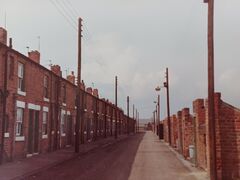


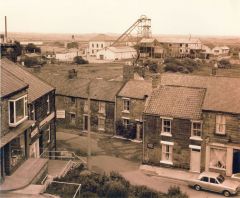
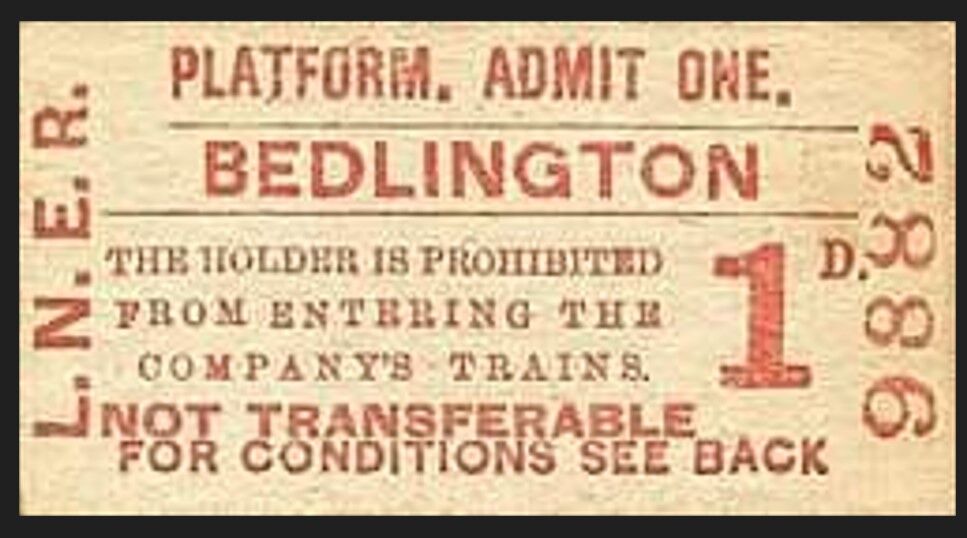
.thumb.jpg.b2109a67bd8c66ce5c985c3f9f9fdc0e.jpg)

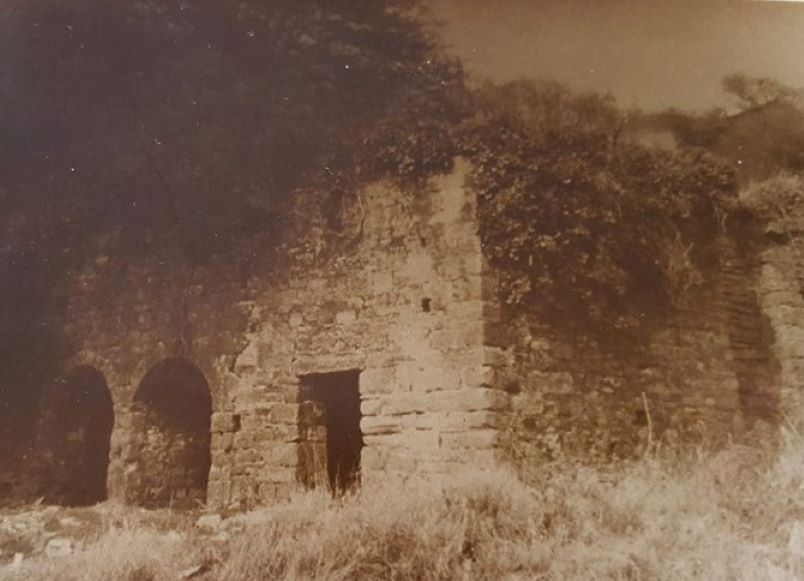
.thumb.jpg.2f21dc70164a583090c6c018b164d368.jpg)


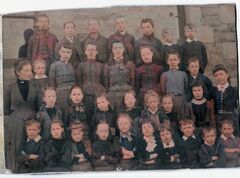

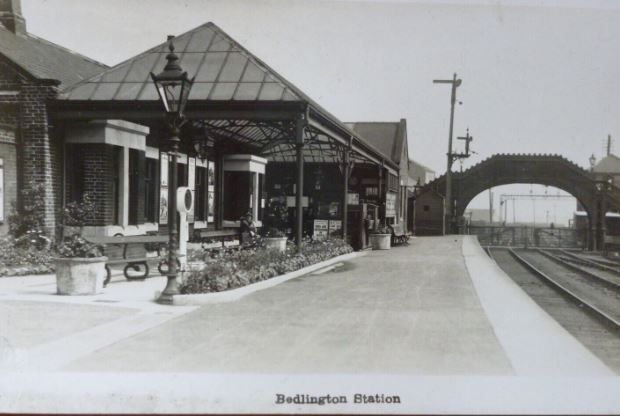
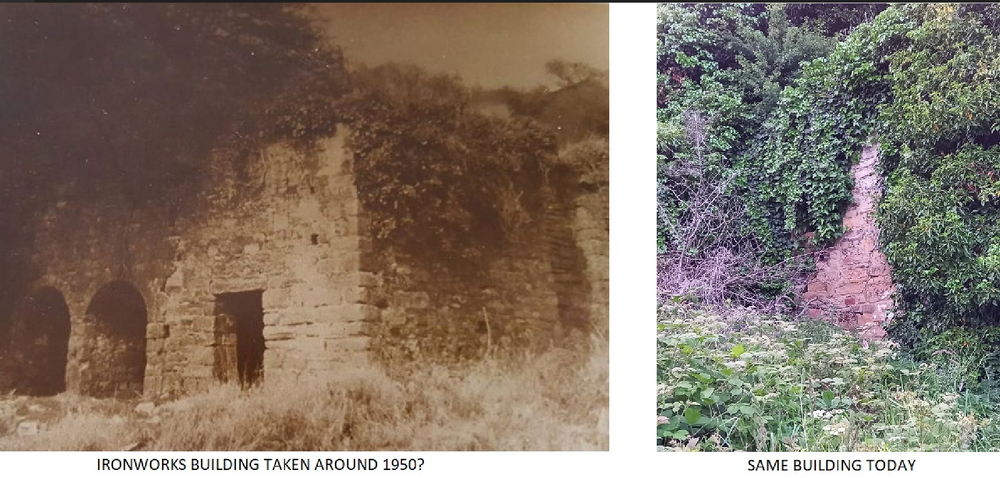
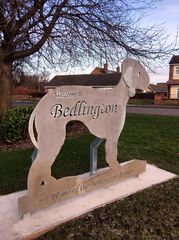

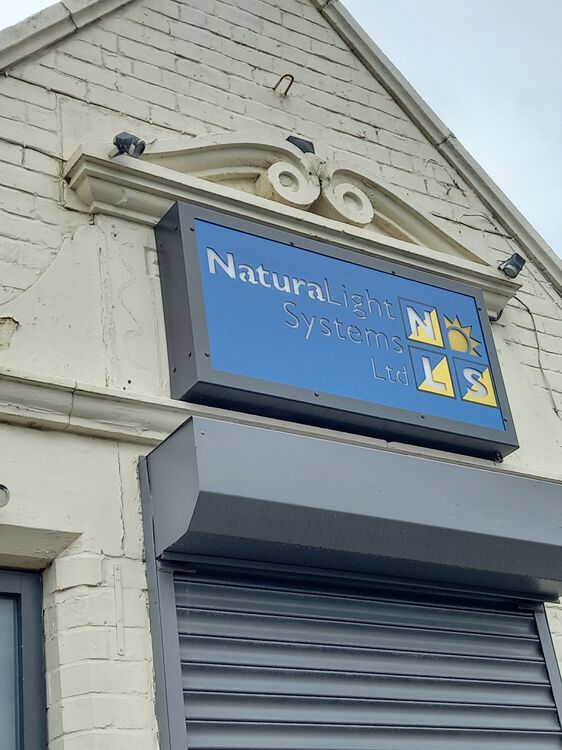

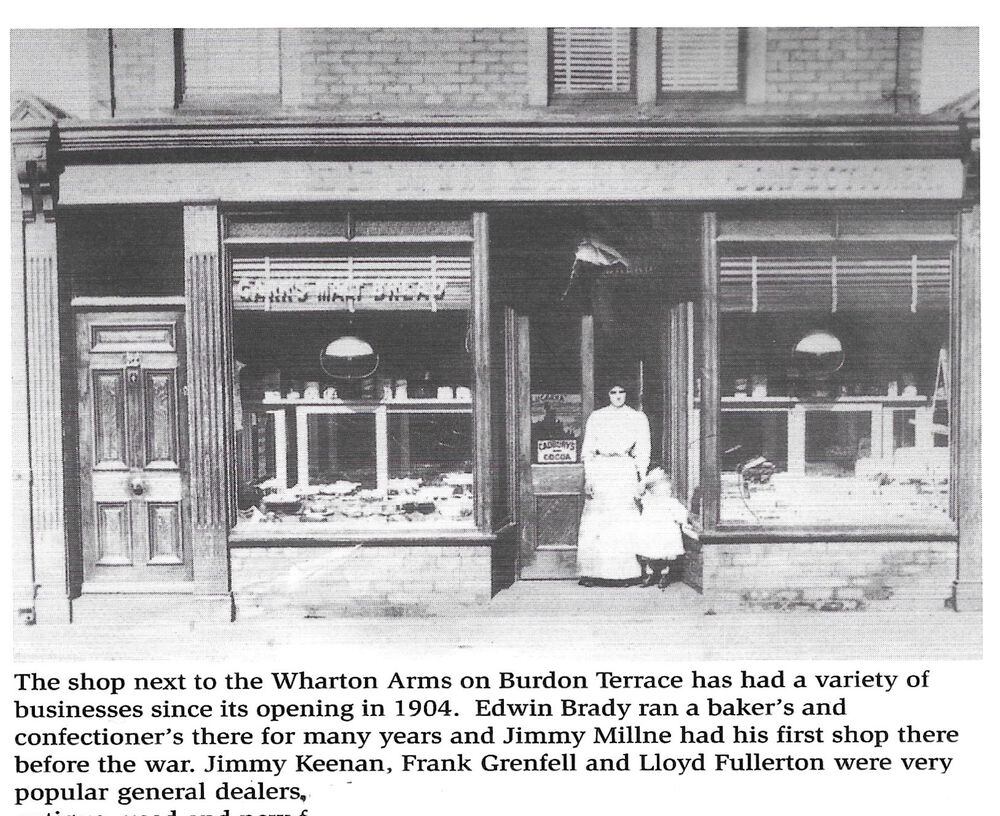

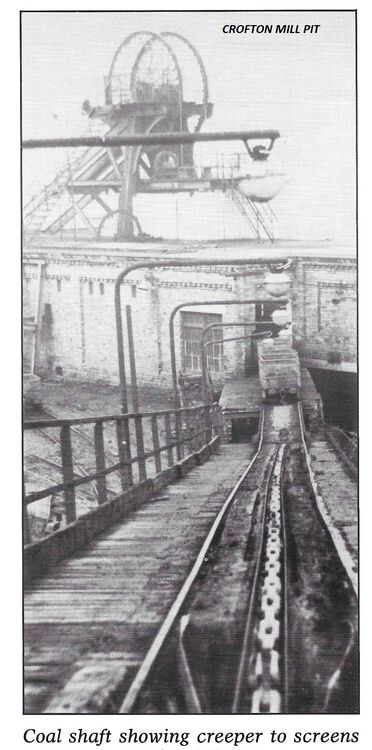
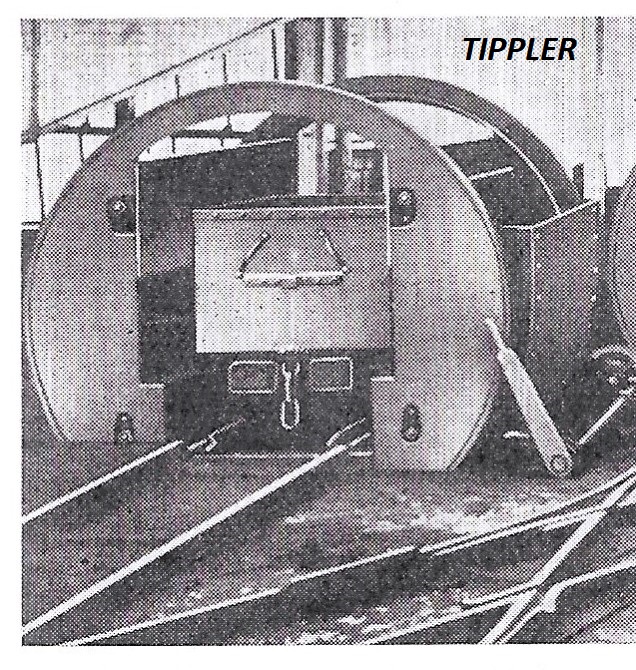
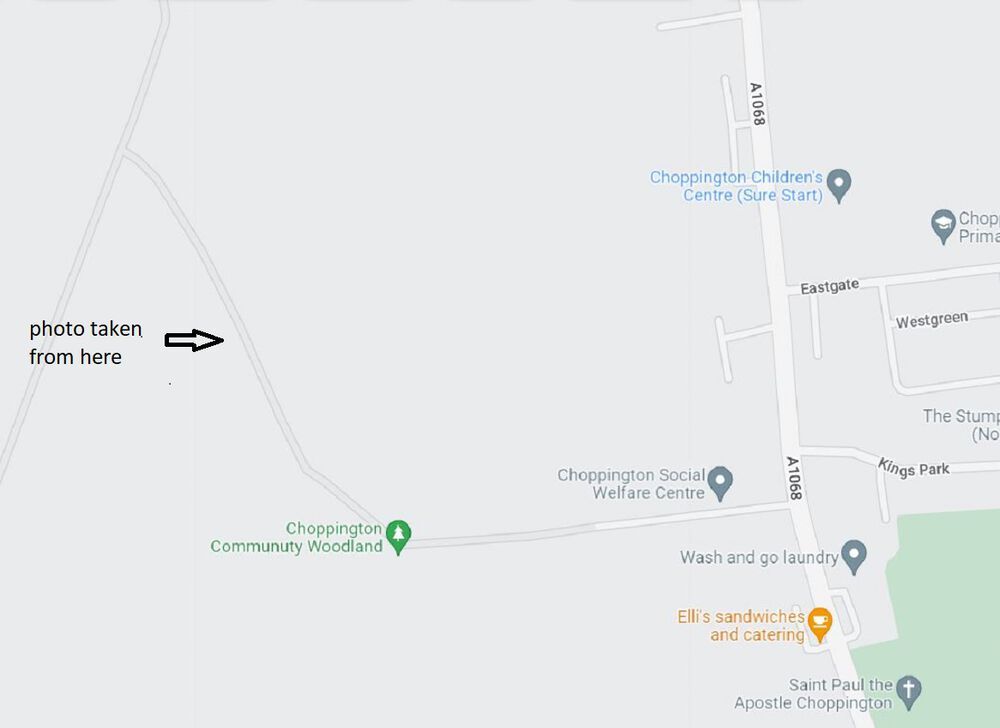
.png.6771405b903bbe716d682dc88b309dc5.png)